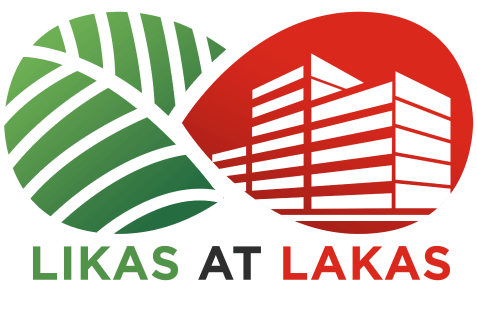From drivers to pedestrians, everyone relies on road safety on the street. One of the simplest ways to stay safe is by understanding road lines and markings. These visual cues help regulate traffic, prevent accidents, and guide behavior without the need for constant supervision.
Learning what each line means is a small step that makes a big difference in keeping our roads safe. In this article, we will list down the most important line markings in the Philippines to guide readers on following safety signs for a safer road.

What Are Road Lines For?
Road markings serve several key purposes. They control the flow of traffic, guide drivers on where to go, and protect pedestrians crossing the street. These lines act like silent rules.
Even when no traffic enforcer is around, following them keeps order on busy roads. Sticking to road lines reduces confusion, lowers the risk of collisions, and helps everyone share the road more smoothly.
Common Road Lines and Markings in the Philippines
Road lines come in many forms, each with a specific function. Here’s a quick guide to some of the most important ones:
Line Markings (Lane and Direction Control)
Single Broken White Line: Divides lanes where you can change lanes with caution.
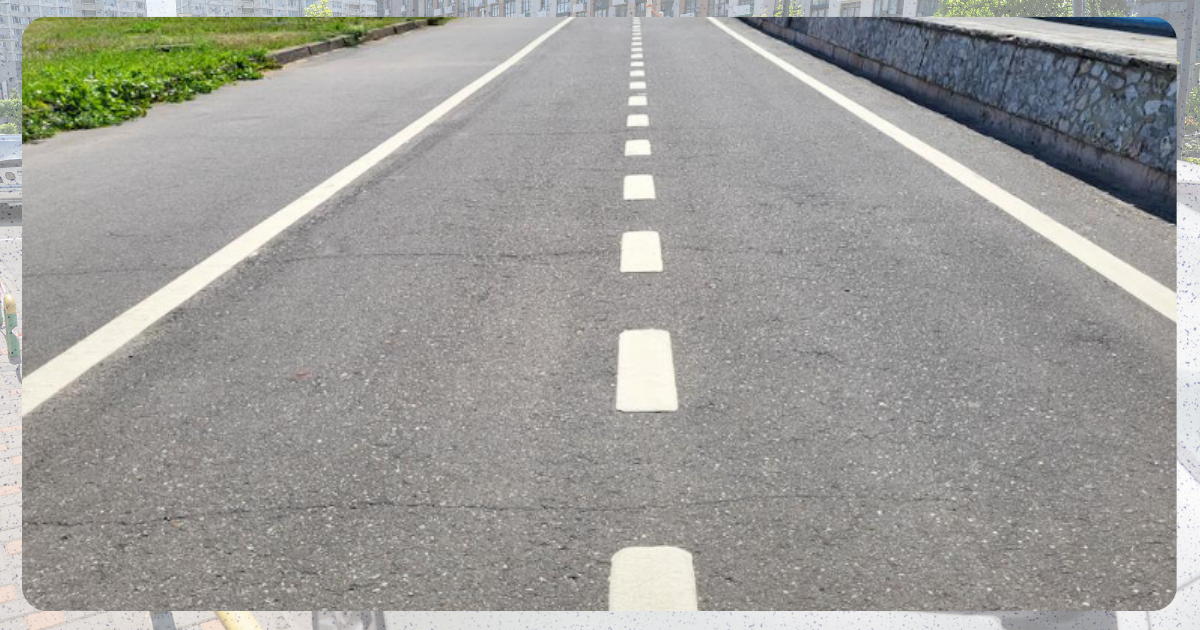
Single Solid White Line: Indicates no lane switching; stay in your lane.
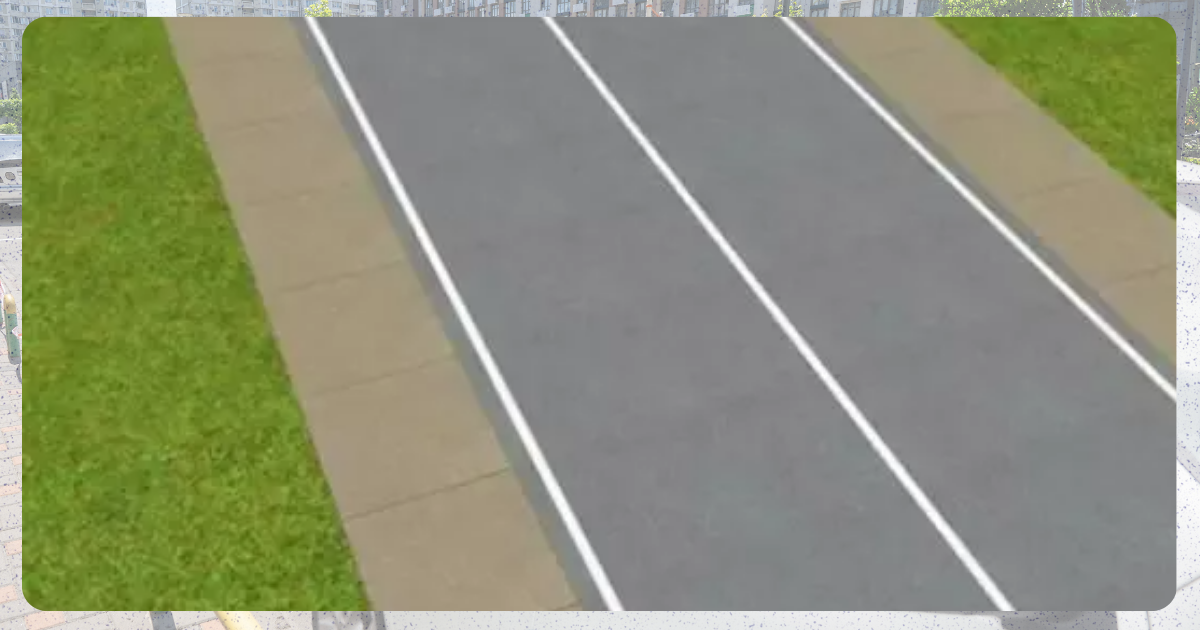
Double Solid White Lines: Strict no-lane changing zones, usually found on expressways or merges.
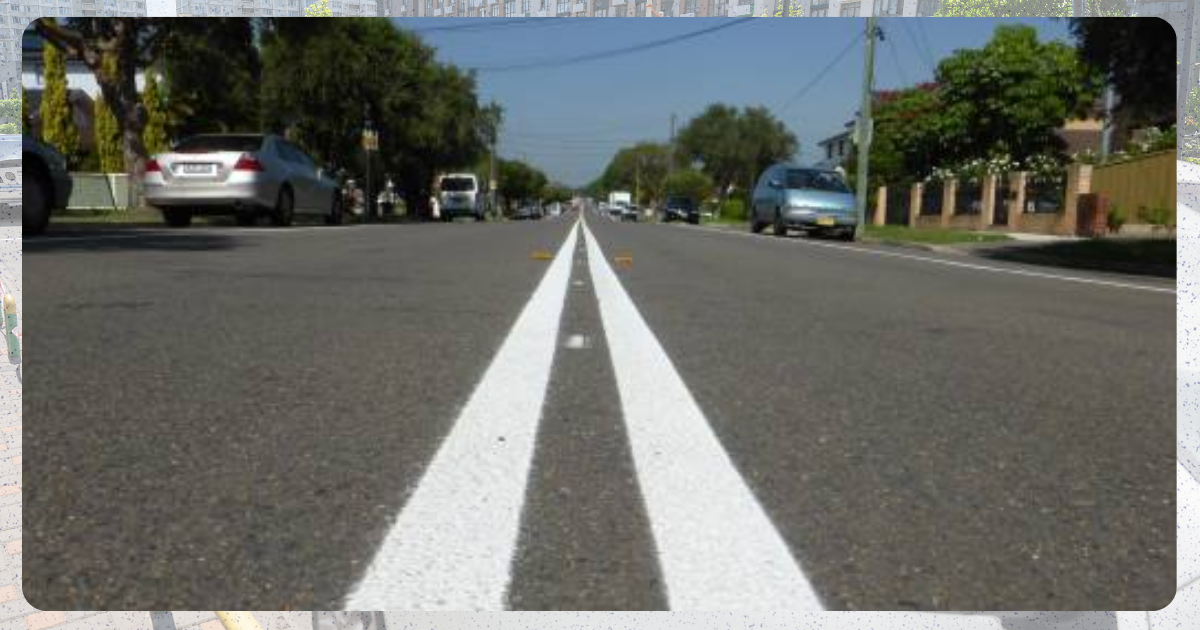
Single Solid Yellow Line: No overtaking from your side.
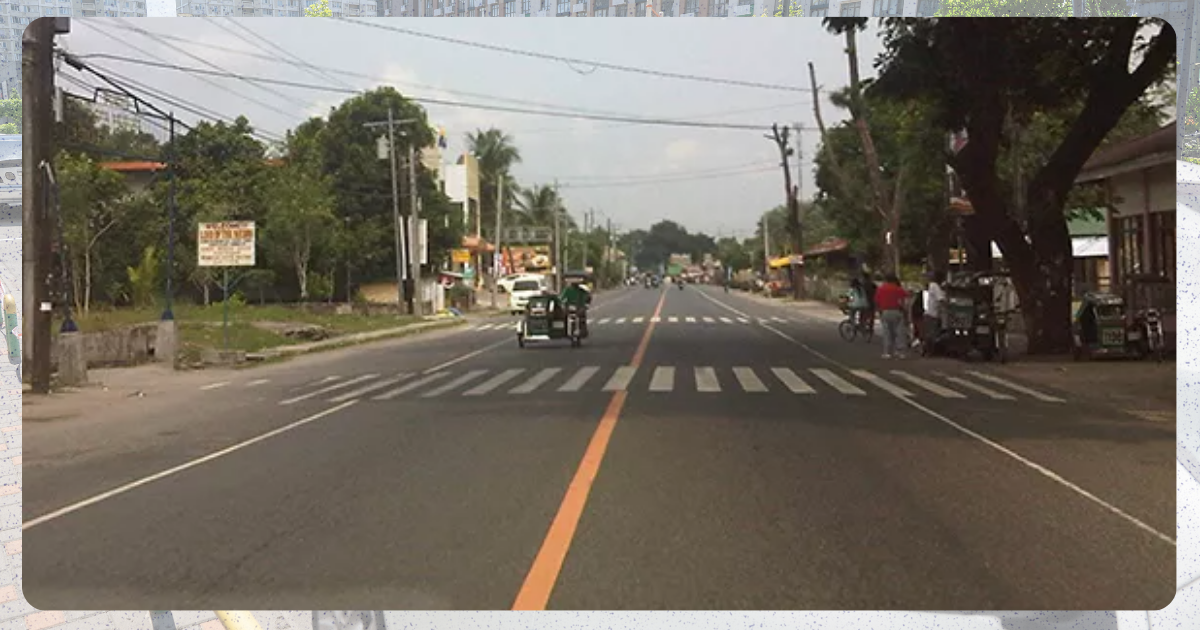
Double Solid Yellow Lines: No overtaking allowed for either direction.

Broken and Solid Yellow Lines: Overtaking is allowed only on the broken line side.
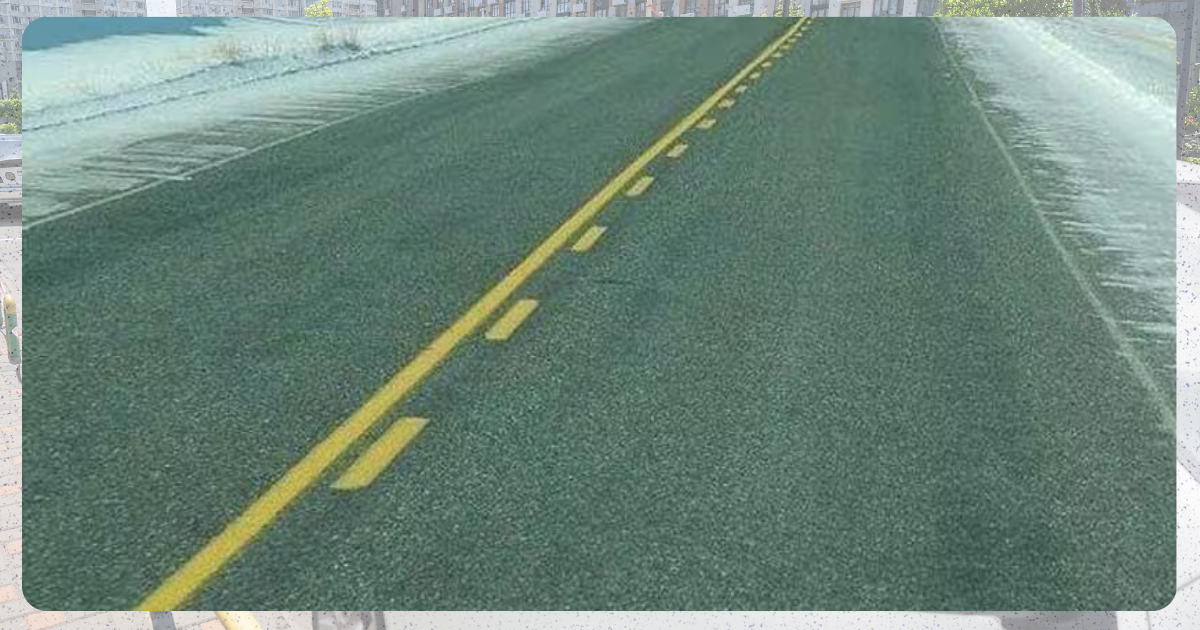
These are the most basic road lines to know and understand in the Philippines. You can look at LTO’s Road and Traffic Rules Signs, Signals, Markings PDF for more information:
- Continuity Lines: Show lanes continuing ahead, often near exits.
- Transition Lines: Guide vehicles to shift lanes gradually.
- Turn Lines: Indicate where vehicles must position before making a turn.
Functional and Special Purpose Markings
- Pedestrian Lanes (Zebra Lines): Drivers must stop and give way to pedestrians crossing.
- Give Way / Holding Lines: Stop and yield before intersections.
- Roundabout Holding Lines: Yield to vehicles already inside the roundabout.
- Approach Markings: Warn drivers of islands or obstructions ahead.
- Chevron Markings: Mark areas drivers should not enter.
- Rumble Strips: Alert drivers to slow down near danger zones.
- Exclusive Lanes: For buses, jeepneys, motorcycles, or bicycles only.
- Cat’s Eye Reflectors: Help improve lane visibility at night or in rain.
Curb, Parking, and Roadside Markings
- Colored Curbs: Yellow means no parking; red means no loading or unloading.
- Fire Lane / Bike Lane: Reserved for emergency vehicles or bicycles.
- Parking Bay / Loading and Unloading Bay Lines: Designate where parking or loading is allowed.
- Speed Markings: Remind drivers of speed limits, such as “60 KMPH.”
- Railroad Crossing Markings: Warn of upcoming train tracks.
- Hazard Markings: Guide drivers around fixed objects or road hazards.
Why Understanding These Lines Matters
Knowing road lines helps drivers make quick and safe decisions, especially in busy or hazardous areas. It reduces the chances of road rage, unexpected stops, or illegal overtaking. Proper adherence promotes smoother traffic flow and protects pedestrians. It also encourages discipline in sensitive zones like school areas or intersections, where accidents are more likely.
Small Steps Lead to Safer Streets
Road lines may seem basic, but their role in safety cannot be underestimated. Learning these markings is important not only for passing driving exams but for everyday survival on the road. Developing the habit of respecting these lines can save lives. Safer streets start with awareness and respect for these simple but powerful guides.
References
Tamayo, N. (2016, April 29). Must-know: All the basic road markings in PH and what each one means. Top Gear Philippines. Retrieved June 9, 2025, from https://www.topgear.com.ph/features/tip-sheet/must-know-all-the-basic-road-markings-in-ph-and-what-each-one-means-a36-2016042

